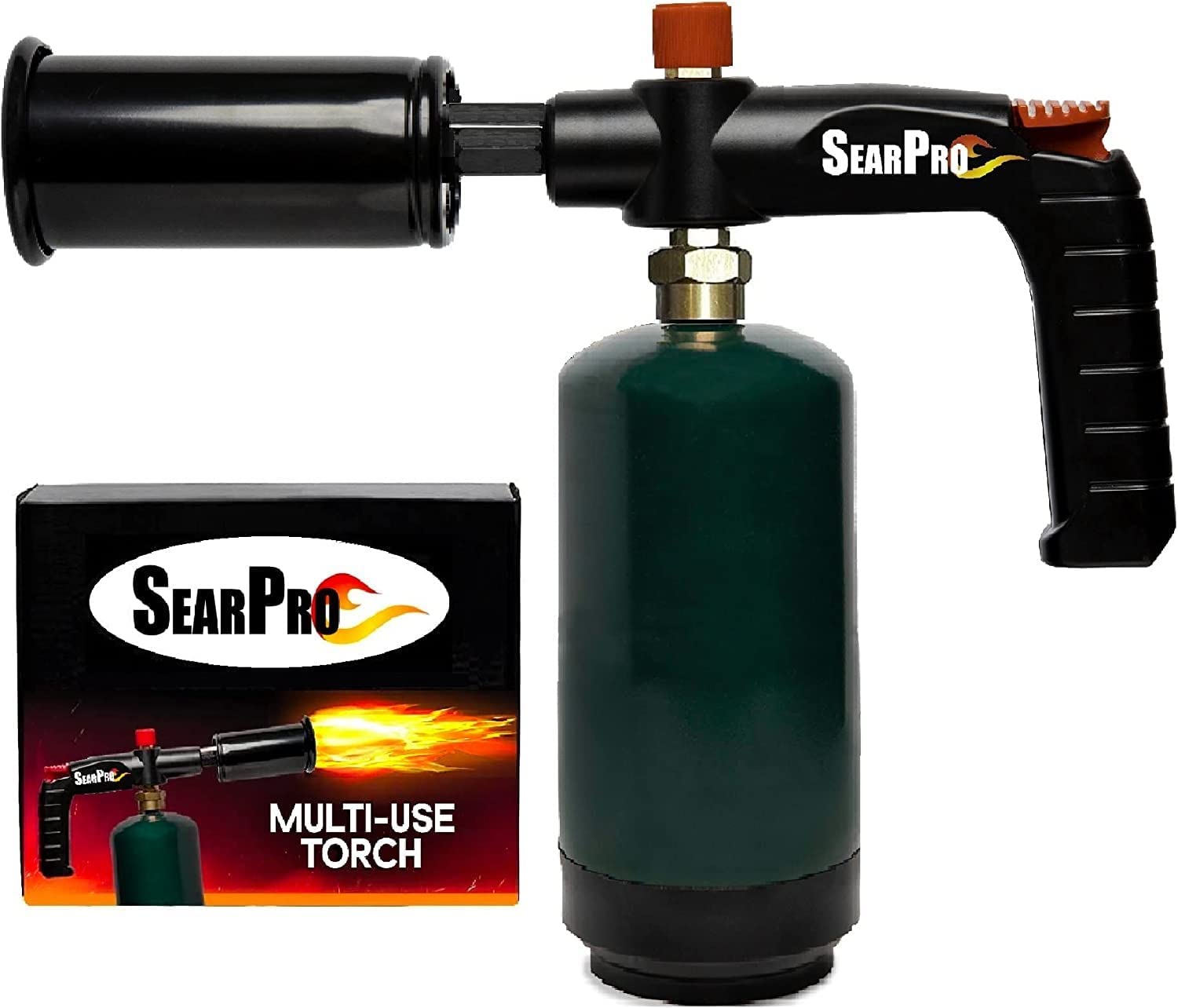Introduction
When it comes to outdoor cooking, there’s something undeniably enticing about achieving the perfect grill marks on a juicy steak. The art of searing goes beyond mere aesthetics—it creates a caramelized crust and enhances the flavor and texture of your meat. In this article, we will explore the science behind searing, share tips for preparing your grill, choosing the right cuts of meat, seasoning for flavor, mastering the searing technique, troubleshooting common challenges, and ultimately, serving and enjoying the mouthwatering results.
Understanding the Science behind Searing
Searing is more than just a visual effect; it involves the Maillard reaction, a chemical process that occurs when proteins and sugars in the meat react to high heat. This reaction produces a range of complex flavor compounds and creates the desired caramelized crust on the surface of the meat. The intense heat also helps seal in the meat’s natural juices, resulting in a tender and juicy steak.
Preparing Your Grill for Searing Success
To achieve optimal searing results, proper preparation of your grill is crucial. Start by preheating your grill to a high temperature, around 450-500°F (232-260°C), depending on the type of grill you have. This ensures that the surface of the meat reaches the necessary heat to initiate the Maillard reaction.
Gas grills and charcoal grills are both suitable options for searing. Gas grills offer precise temperature control, while charcoal grills provide a distinct smoky flavor. Choose the grill that best suits your preference and cooking style.
Choosing the Right Cuts of Meat
Not all cuts of meat are created equal when it comes to searing. Opt for cuts that are well-marbled with fat, such as ribeye, striploin, or flank steak. The marbling adds flavor, tenderness, and moisture to the meat. Look for cuts that are at least 1 inch thick to ensure a nice crust without overcooking the interior.
Seasoning and Marinating for Enhanced Flavor
Before searing, consider seasoning your meat with a dry rub or marinating it to enhance its flavor. Dry rubs can consist of various herbs, spices, and seasonings that complement the searing process. For marinating, choose a flavor profile that complements the natural taste of the meat and allows it to shine. Experiment with different combinations to discover your favorite.
Mastering the Searing Technique
Achieving perfect grill marks requires proper technique. Start by patting the meat dry with a paper towel to remove excess moisture. This promotes better browning and prevents steaming. Place the meat directly on the preheated grill grates and avoid overcrowding to ensure even heat distribution.
For those sought-after grill marks, position the meat diagonally across the grill grates and allow it to sear for a few minutes without moving it. Use tongs to carefully flip the meat, creating a crisscross pattern for a visually appealing presentation. Cook until the desired internal temperature is reached, using a meat thermometer for accuracy.
Flipping and Resting the Meat
Knowing when to flip the meat is crucial for achieving an even sear. Avoid flipping too early; instead, wait until a golden brown crust has formed on the bottom before turning it over. This ensures that the meat releases easily from the grates and retains its moisture.
Once the searing process is complete, allow the meat to rest for a few minutes before slicing. Resting allows the juices to redistribute throughout the meat, resulting in a more tender and succulent final product.
Troubleshooting Common Searing Challenges
Searing can sometimes present challenges, but with a few troubleshooting tips, you can overcome them. To avoid flare-ups, trim excessive fat from the meat and keep a close eye on the grill to prevent excessive charring. Uneven searing can be addressed by adjusting heat distribution on your grill or using indirect heat methods. If you encounter overcooking issues, reduce the searing time or lower the grill temperature slightly.
Serving and Enjoying the Results
Once your perfectly seared steak is ready, it’s time to serve and enjoy the fruits of your labor. Slice the meat against the grain for maximum tenderness. Pair it with your favorite sides, sauces, or additional seasoning for a complete and satisfying meal. Take a moment to appreciate the combination of flavors, textures, and the enticing aroma that searing brings to your outdoor cooking experience.
FAQ
Q: Can I achieve grill marks on a gas grill?
A: Yes, you can achieve beautiful grill marks on a gas grill by preheating it properly and following the recommended searing techniques.
Q: Can I sear meat on a charcoal grill without the lid?
A: While it is possible to sear meat without the lid on a charcoal grill, using the lid can help trap heat and create a more consistent searing environment.
Q: How long should I let my steak rest after searing?
A: Letting your steak rest for about 5-10 minutes after searing allows the juices to redistribute and ensures a more flavorful and tender result.
Q: Can I sear other types of protein besides beef?
A: Absolutely! Searing is a versatile technique that works well with other proteins such as chicken, pork, fish, or even vegetables. Adjust the cooking time and temperature accordingly for different types of food.
Q: What’s the best way to clean the grill grates after searing?
A: For easier cleaning, brush the grill grates immediately after cooking while they are still hot. This helps to remove any residue and makes subsequent cleaning more manageable.
Conclusion
Mastering the art of searing is a valuable skill that elevates your outdoor cooking endeavors. By understanding the science behind searing, properly preparing your grill, selecting the right cuts of meat, seasoning thoughtfully, and employing proper technique, you can achieve perfect grill marks and juicy steaks. With a little practice and experimentation, you’ll become a searing expert, impressing family and friends with your flavorful outdoor creations. Embrace the art of searing and unlock a whole new world of outdoor cooking possibilities.
